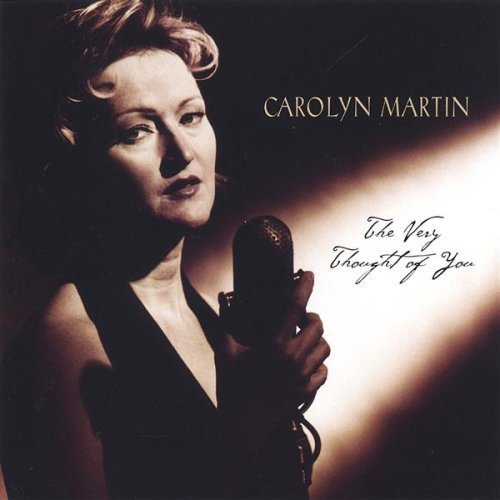L'Estravagante - Vivaldi: Sonate da camera a tre, Op. 1 (2012)

Artist: L'Estravagante
Title: Vivaldi: Sonate da camera a tre, Op. 1
Year Of Release: 2012
Label: naïve classique
Genre: Classical
Quality: FLAC (image + .cue, log, artwork)
Total Time: 1:13:54
Total Size: 407 MB
WebSite: Album Preview
Tracklist:Title: Vivaldi: Sonate da camera a tre, Op. 1
Year Of Release: 2012
Label: naïve classique
Genre: Classical
Quality: FLAC (image + .cue, log, artwork)
Total Time: 1:13:54
Total Size: 407 MB
WebSite: Album Preview
1. Sonata XII in D Minor, RV63, 'Follia'
2. Preludio - Allegro
3. Adagio
4. Allemanda - Allegro
5. Corrente - Presto
6. Preludio - Grave
7. Allemanda - Allegro
8. Adagio
9. Capriccio - Allegro
10. Gavotta - Allegro
11. Preludio - Andante
12. Corrente - Allegro
13. Giga - Allegro
14. Gavotta - Presto
15. Preludio - Largo
16. Corrente - Allegro
17. Grave
18. Giga - Allegro
19. Largo
20. Allegro
21. Allemanda - Allegro
22. Sarabanda - Largo
23. Giga - Allegro
24. Adagio
25. Allemanda - Allegro
26. Adagio
27. Sarabanda - Allegro
28. Preludio - Largo
29. Allemanda - Allegro
30. Sarabanda - Andante
31. Giga - Presto
32. Preludio - Adagio
33. Allemanda - Allegro
34. Gavotta - Presto
In 1705, Giuseppe Sala published in Venice the Suonote do camera a tre, due violini o violone o cembalo op.1 of Antonio Vivaldi. This set of trio sonatas marked the official 'debut' of a composer who was already more than a mere youth (the 'Prete Rosso' was then 27-years old), and probably contains the earliest works of his that have come down to us. It is very likely, though, as Michael Talbot has pointed out, that the copy of 1705 is in fact a reprint of a now lost first edition published in 1703. However that may be, this collection dedicated to the Brescian nobleman Count Annibale Gambara displays a balance - at times, inevitably, somewhat precarious - between reference to codified formulas and models, on the one hand, and the definition of an original expressive voice on the other. In terms of scoring, his Op.1 adopts the recently created Italian format of the trio sonata, the output of which was dominated by the Arcadian reform of Arcangelo Corelli: even in Venice, where a renowned instrumental tradition already existed, Corelli's Opp.1-4 enjoyed almost immediate diffusion and were reprinted by the aforementioned Sala just a few years after the Roman first editions (in 1684, 1686, 1691 and 1695 respectively).
Related Releases:








